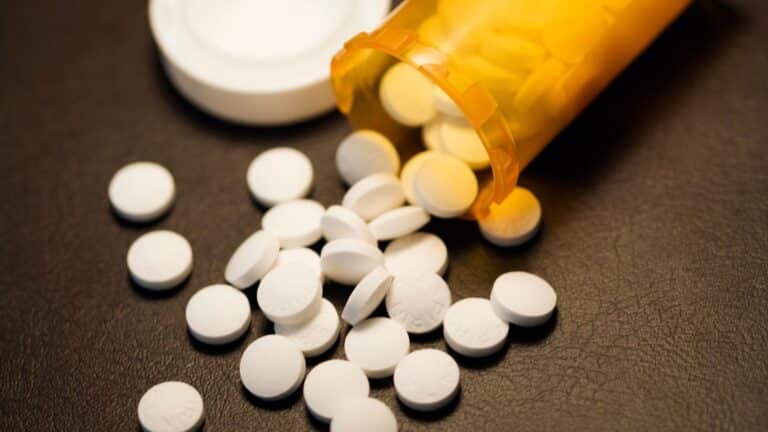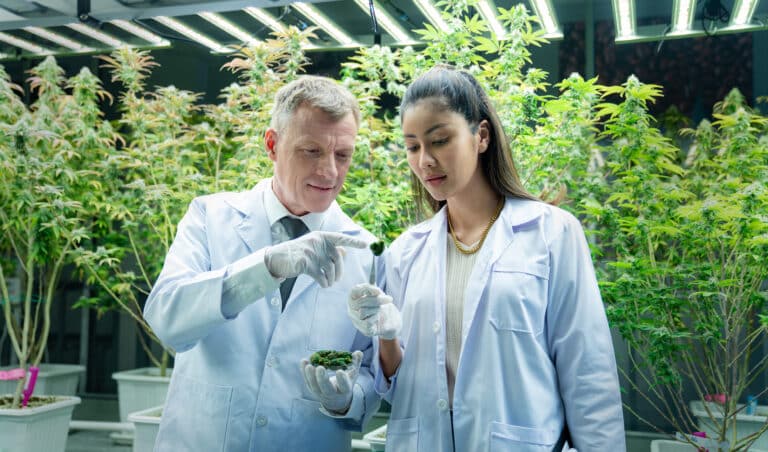When you embark on a fentanyl detox treatment journey, you confront one of the most potent opioid withdrawal processes. At The Hope House, our comprehensive approach ensures that you receive personalized medical care and supportive therapies every step of the way. Furthermore, rising demand for help underscores the urgency of effective detoxification—SAMHSA data show that in 2020 the National Helpline fielded 833,598 calls, a 27 percent increase from 2019 [1]. Consequently, accessing a structured program can mean the difference between a managed withdrawal and a dangerous relapse.
Our expertise indicates that understanding the risks of fentanyl, exploring evidence-based detox procedures, and choosing the right level of care are critical to lasting recovery. In this article, you will learn what makes fentanyl withdrawal unique, how medical interventions ease symptoms, and why The Hope House stands out as your partner in comprehensive detox, residential, and outpatient treatment.
Understand fentanyl risks
Withdrawal from fentanyl presents challenges distinct from other opioids due to its extreme potency and rapid brain effects. Before you begin detox, it is essential to grasp these underlying dangers.
Potency and overdose risk
Fentanyl is a synthetic opioid far more potent than morphine or heroin. Even as little as two milligrams—a few grains of salt—can cause a fatal overdose [2]. Your tolerance, body size, and prior opioid use influence risk, yet the margin for error remains slim.
Illicit fentanyl and counterfeit pills
Illegally manufactured fentanyl is often mixed with heroin, cocaine, methamphetamine, or counterfeit prescription pills. Drug dealers disguise it as painkillers or stimulants, increasing the chance of unintentional overdose. Without laboratory analysis, you cannot know how much fentanyl a pill contains [3].
National overdose statistics
Synthetic opioids have driven the US overdose crisis. In 2020, overdose deaths involving fentanyl and its analogs numbered over 70,000, rising to an estimated 80,816 in 2021 [4]. Many of these tragedies involve multiple substances, underscoring the need for specialized detox care.
Explore detox procedures
Detoxification combines medical supervision, medications, and supportive therapies to manage withdrawal symptoms safely. At The Hope House, we tailor each phase to your clinical profile and personal goals.
Medical assessment and stabilization
Upon admission, you undergo a thorough evaluation to identify:
- Vital signs and hydration status
- Co-occurring mental health conditions
- History of substance use and previous withdrawals
- Medication interactions and allergies
Based on this assessment, our physicians develop a stabilization plan that minimizes discomfort and safeguards your health.
Medication-assisted detox
Medications for opioid use disorder (MOUD) are cornerstones of safe fentanyl withdrawal. Approved options include methadone, buprenorphine, naltrexone, and lofexidine for managing withdrawal syndrome [2]. Each drug has unique properties:
| Medication | Administration | Benefits | Considerations |
|---|---|---|---|
| Methadone | Oral, inpatient/outpatient | Reduces cravings, smooths withdrawal | Requires daily dosing, federal regulations |
| Buprenorphine | Sublingual, outpatient | Lower overdose risk, flexible prescribing | Must wait until moderate withdrawal; precipitated withdrawal risk |
| Naltrexone | Oral/injectable | Blocks opioid effects, no dependence | Cannot start until full detox; risk of precipitated withdrawal |
| Lofexidine | Oral, up to 14 days | Non-opioid withdrawal relief | May cause hypotension, limited to two-week use |
Managing withdrawal symptoms
Withdrawal typically begins within 8–24 hours after the last dose, peaks at 36–72 hours, and may last 7–10 days or longer depending on use patterns [4]. Common symptoms include:
- Muscle aches and restless legs
- Nausea, vomiting, and diarrhea
- Anxiety, insomnia, and mood swings
- Sweating, chills, and elevated heart rate
Our nursing team provides 24-hour monitoring, hydration support, and comfort measures to ease these symptoms.
Compare care settings
Your needs and responsibilities determine the most appropriate level of care. The Hope House offers multiple formats to match your schedule and clinical requirements.
Residential detox centers
Inpatient programs ensure round-the-clock supervision in a structured environment. You benefit from:
- Secure, drug-free housing
- Immediate medical response
- Daily group and individual therapies
Explore our residential drug rehab and specialized dual diagnosis residential treatment for co-occurring disorders.
Partial hospitalization programs
Partial hospitalization provides intensive care during daytime hours while allowing you to return home each evening. It combines medical management with therapies and life-skills training. Learn more about our partial hospitalization program for addiction.
Intensive outpatient options
If you have stable home support and mild to moderate withdrawal symptoms, consider our intensive outpatient program for addiction. You attend several sessions per week for counseling and group work while maintaining daily responsibilities.
Choose The Hope House
When you select The Hope House, you gain access to a continuum of care that transitions you smoothly from detox through recovery maintenance.
Integrated detox and residential care
Our campus houses both drug detox program and residential services, ensuring seamless coordination. Physicians, nurses, and therapists collaborate on your behalf, adjusting plans as you progress.
Specialized outpatient services
Following residential or partial hospitalization care, you may step down to outpatient levels, including:
- Outpatient drug rehab
- Medication assisted treatment program with options like Suboxone outpatient clinic
- Dual diagnosis rehab program for mental health support
This flexibility helps you maintain recovery goals without disrupting work or family life.
Co-occurring disorder support
Our dual diagnosis specialists integrate psychiatric care with addiction treatment, addressing conditions such as depression, PTSD, and anxiety. Through therapy for dual diagnosis, you build resilience and reduce relapse risk.
Evaluate therapy options
Therapeutic interventions complement medical detox by addressing underlying behaviors and thought patterns. We recommend a balanced mix of modalities.
Individual therapy
One-on-one sessions with a licensed counselor help you:
- Identify triggers and negative thought cycles
- Develop coping strategies for cravings
- Set personalized recovery objectives
Explore our individual therapy for addiction services.
Group therapy
In group settings, you gain peer support and practice communication skills. Topics include relapse prevention, stress management, and life planning. We offer group therapy for substance abuse.
Family therapy
Healing often extends beyond the individual. Our family therapy for addiction recovery sessions foster open dialogue, rebuild trust, and educate loved ones on how to support your sobriety.
Plan for lasting recovery
Sustainable recovery relies on proactive aftercare, relapse prevention, and community support.
Aftercare planning
Before you complete formal treatment, our team develops a customized aftercare plan. Components may include:
- Continued MOUD through outpatient clinics
- Regular counseling or coaching sessions
- Sober living or support group attendance
Learn more about our aftercare planning for addiction.
Relapse prevention therapy
Relapse prevention therapy equips you with tools to anticipate high-risk scenarios and employ effective coping skills. Our specialists guide you through role-playing exercises and thought-monitoring techniques. See details on relapse prevention therapy.
Support networks and resources
Sustained recovery emerges from community engagement. You are encouraged to connect with:
- 12-step fellowships or peer recovery groups
- Alumni programs at The Hope House
- National and local helplines such as SAMHSA’s National Helpline [1]
By combining a medically supervised detox, evidence-based therapies, and a robust aftercare plan, you position yourself for lasting success. At The Hope House, your recovery is our priority—today, tomorrow, and beyond.







